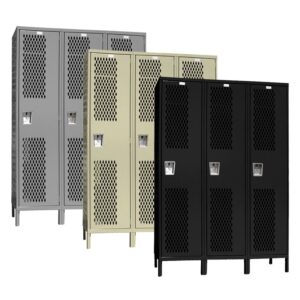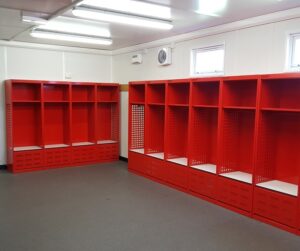
Lockers
Heavy duty lockers vs regular and discuss gauge steel differences
Lockers come in various designs, sizes, and materials to accommodate different storage needs and settings. Among the types of lockers available, heavy-duty and regular lockers

